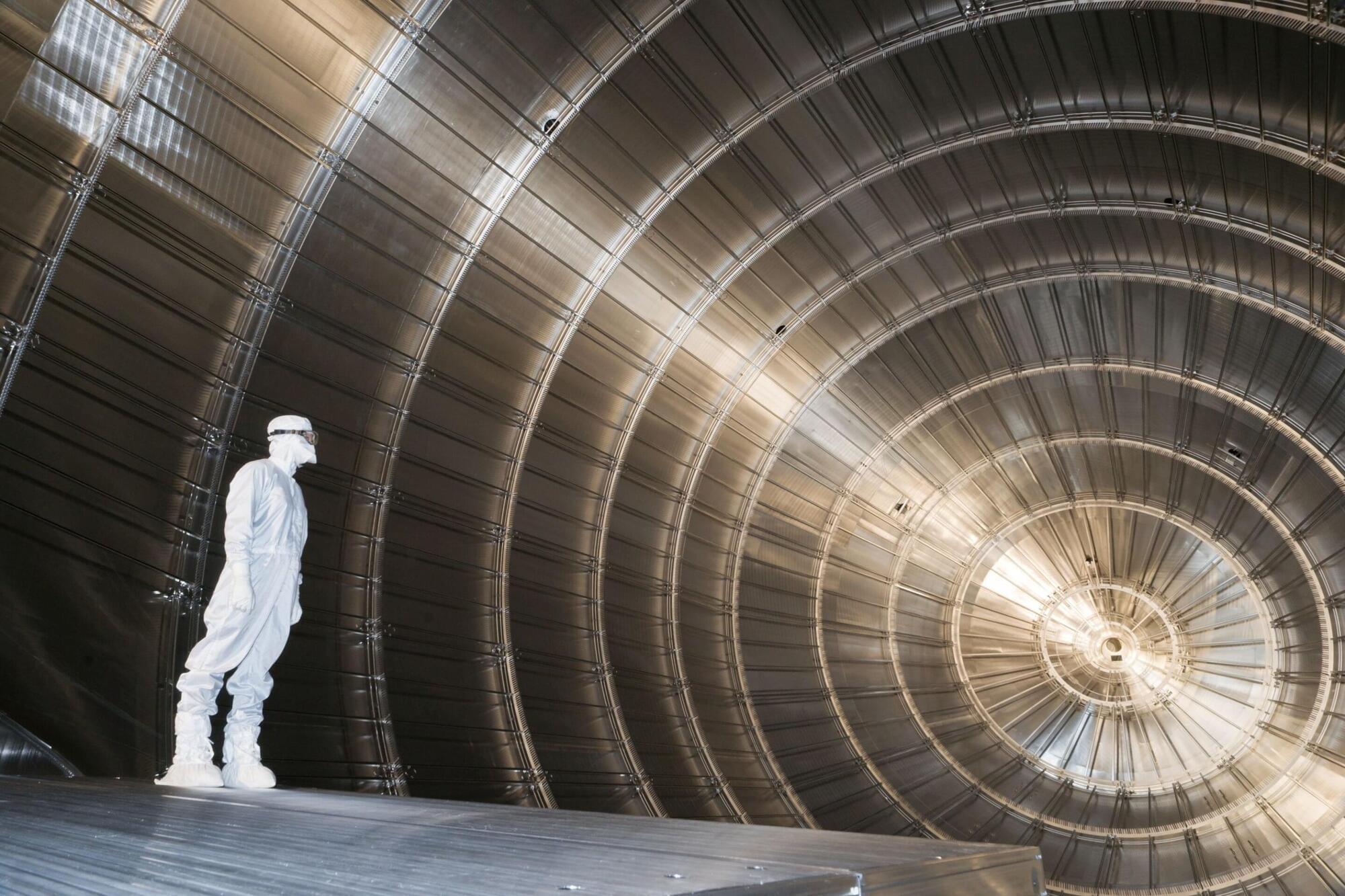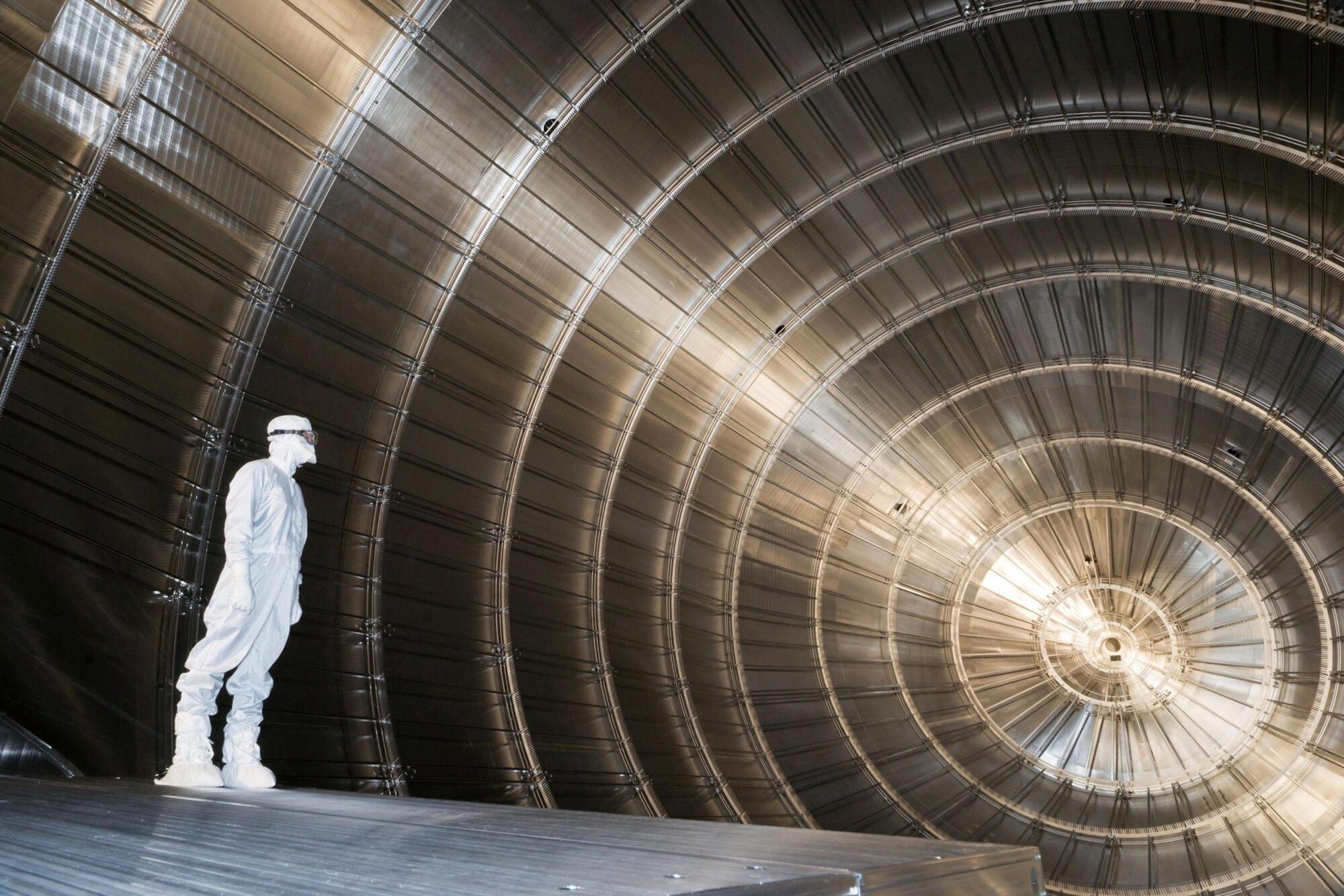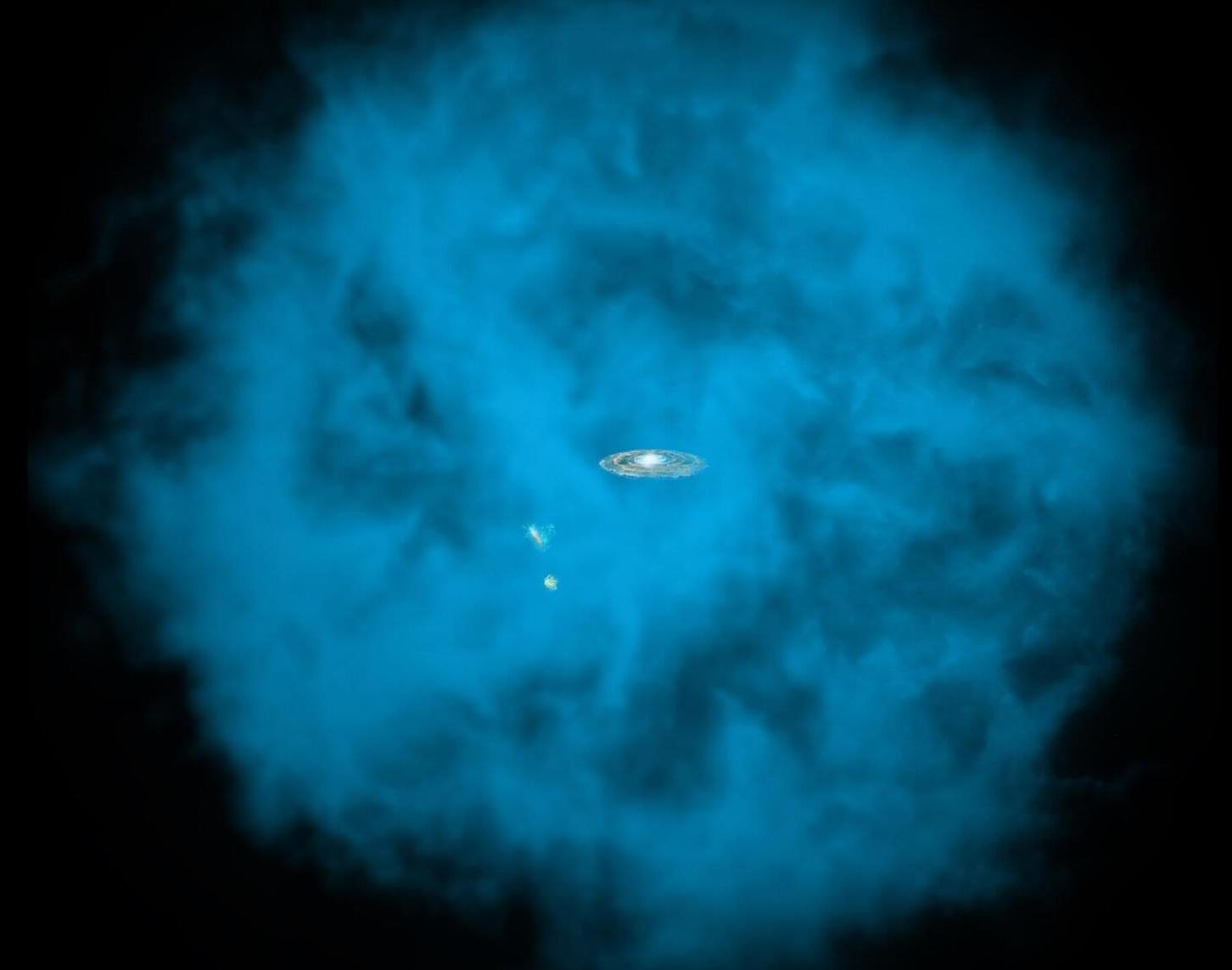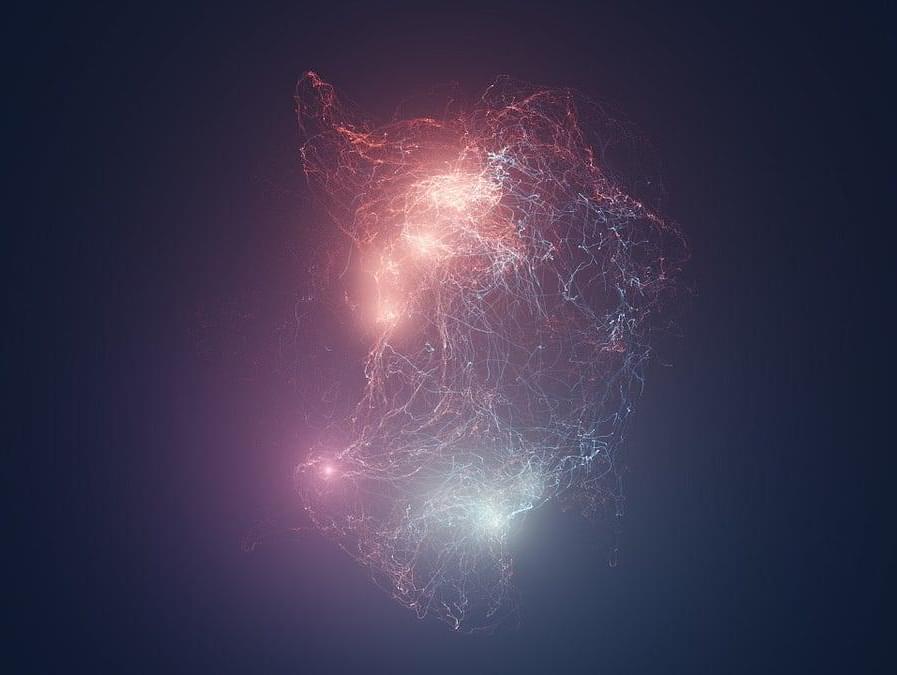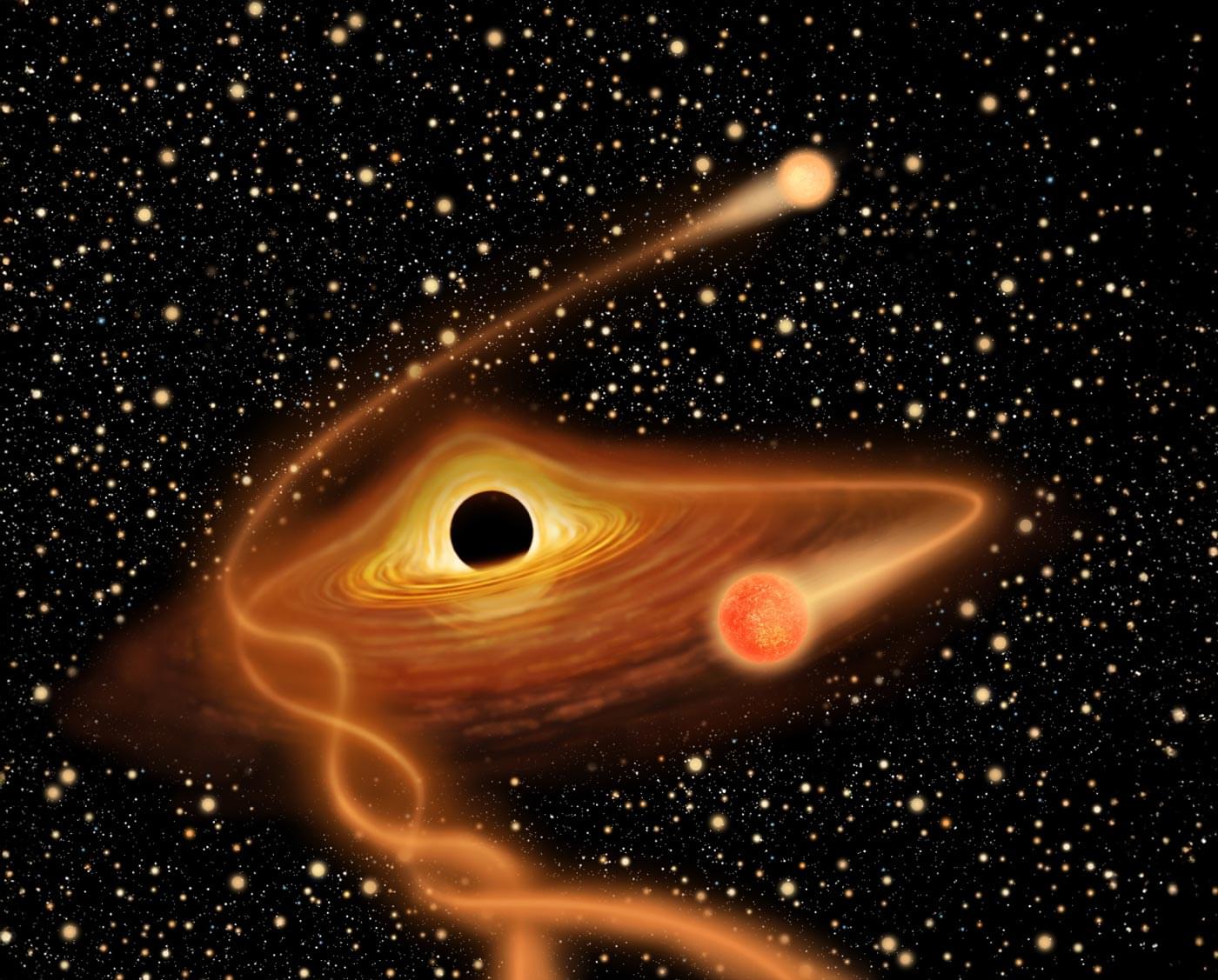Neutrinos are among the most enigmatic particles in the universe. They are omnipresent yet interact extremely rarely with matter.
In cosmology, they influence the formation of large-scale galaxy structures, while in particle physics, their minuscule mass serves as an indicator of previously unknown physical processes. Precisely measuring the neutrino mass is therefore essential for a complete understanding of the fundamental laws of nature.
This is precisely where the KATRIN experiment with its international partners comes into play. KATRIN utilizes the beta decay of tritium, an unstable hydrogen isotope, to assess the mass of neutrinos. The energy distribution of the electrons resulting from the decay enables a direct kinematic determination of the neutrino mass.
